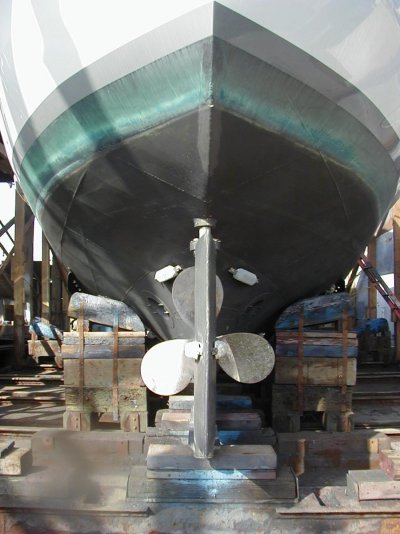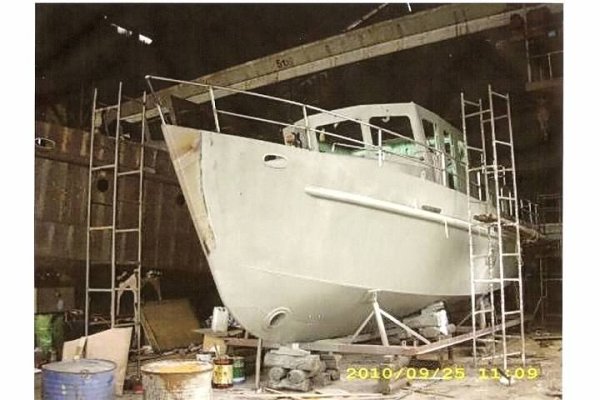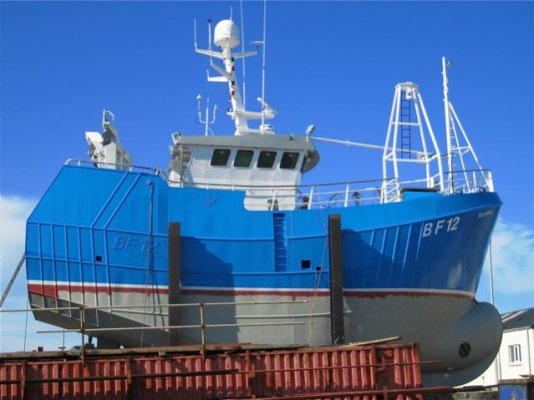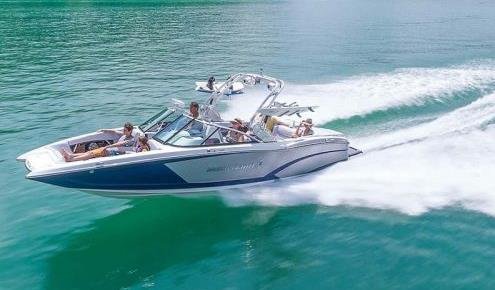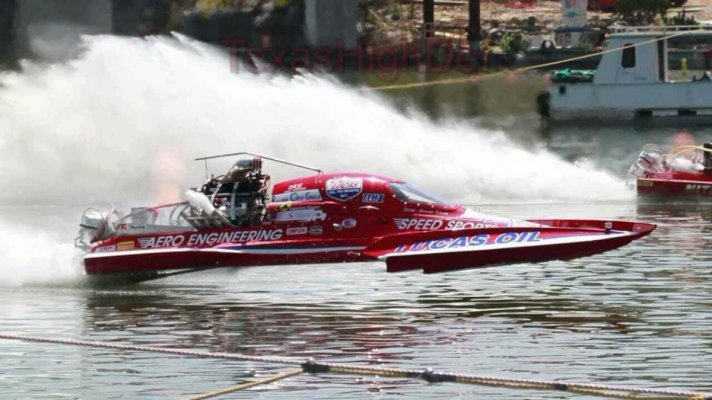Delfin
Grand Vizier
- Joined
- Jan 20, 2010
- Messages
- 3,821
Delfin,
Don’t think bending is a problem on boats like this. I could be wrong as I’m no expert on steel building but I’ve seen a few come together w not very sophisticated equipment that had bends about the same as the bottom on these boats. It’s a bigger boat and takes more material but that shouldn’t be that much either. Bigger that a flatter boat bottom w/o such a big “underbelly”.
Which stern do you think would be easier and cheaper to build - the above or the below?

